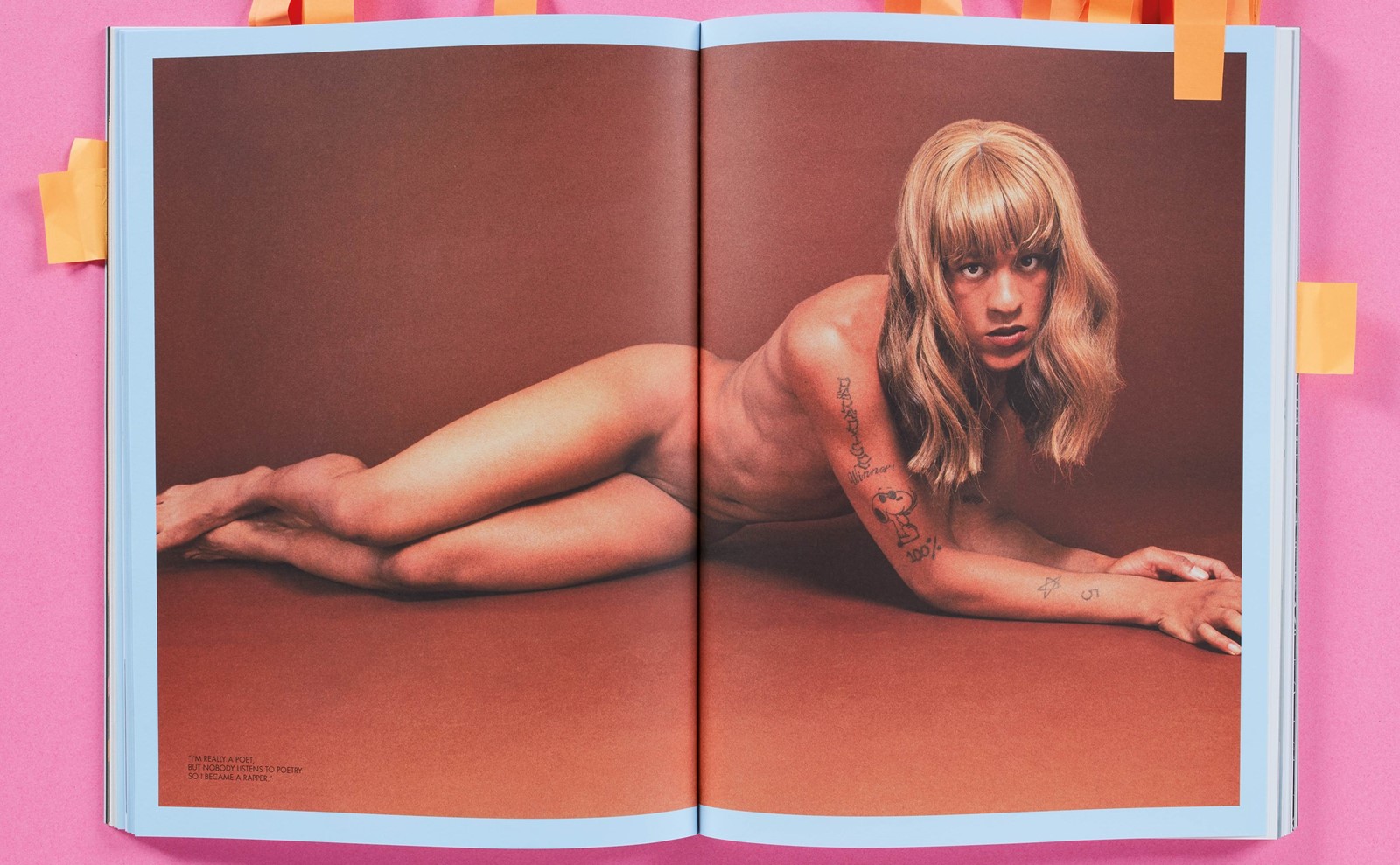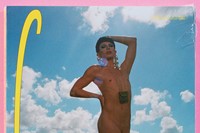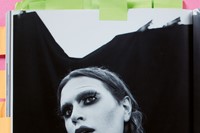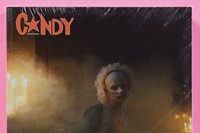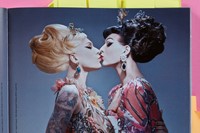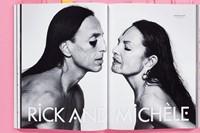I remember first hearing about Luis Venegas in the early 2000s. At that time, he had just started publishing Fanzine137. There was a certain mythology surrounding this reclusive Spanish boy who lived in an apartment furnished only with fashion magazines, who would email requests to the world’s greatest photographers and leading industry figures with the reputation of a first-rate letter writer. His messages, I remember being told by some of those photographers, simply “oozed charm.” It is an editor-in-chief’s stock-in-trade to be charming; take Graydon Carter’s maxim for courting talent to the pages of Vanity Fair as a case in point: “the three F’s” that Carter called his formula – flowers, faxes, and flattery. But what was Luis Venegas’ secret? He had come out of seemingly nowhere, and yet he was pulling world-class contributors. I remember seeing issue three of Fanzine137 in May 2006 – the “Heartbeats Accelerating” issue, which was a beautiful book-sized magazine with contributions from Wim Wenders, Nick Knight, Wolfgang Tillmans, Roxanne Lowit, Walter Pfeiffer, Jean Paul Goude, and Richard Prince, and stories on unexpected queer icons like Nina Hagen and Slava Mogutin. It was hard to believe he did this all by himself, but it turned out it was all genuinely true.
Luis is a truly gifted magazine creator. He uses the word “fun” a lot whenever we get together to talk about why he loves magazines – and that’s the sensation that all his magazines – EY! titles, CANDY Transversal, and The Printed Dog – have evoked since he started Fanzine137 around 16 years ago. When he first imagined publishing CANDY, we discussed his vision for celebrating “transversal creativity”. Luis wanted to bring a fashion and lifestyle sensibility to representing the diversity of a new sexual revolution that was being inspired by an age-old one. He was looking to the future with an eye to the past, expanding the scope of inclusion for what he called “transversal” – a hybridisation of trans from which we can extrapolate “to transition”, “to transform”, “to transgress”, and the “universal” – a unity of difference, a commonality of otherness. It’s a beautiful piece of language styling and wordplay that has allowed Luis to define his terms for CANDY as a form of media manifesto: the world’s first transversal style magazine.
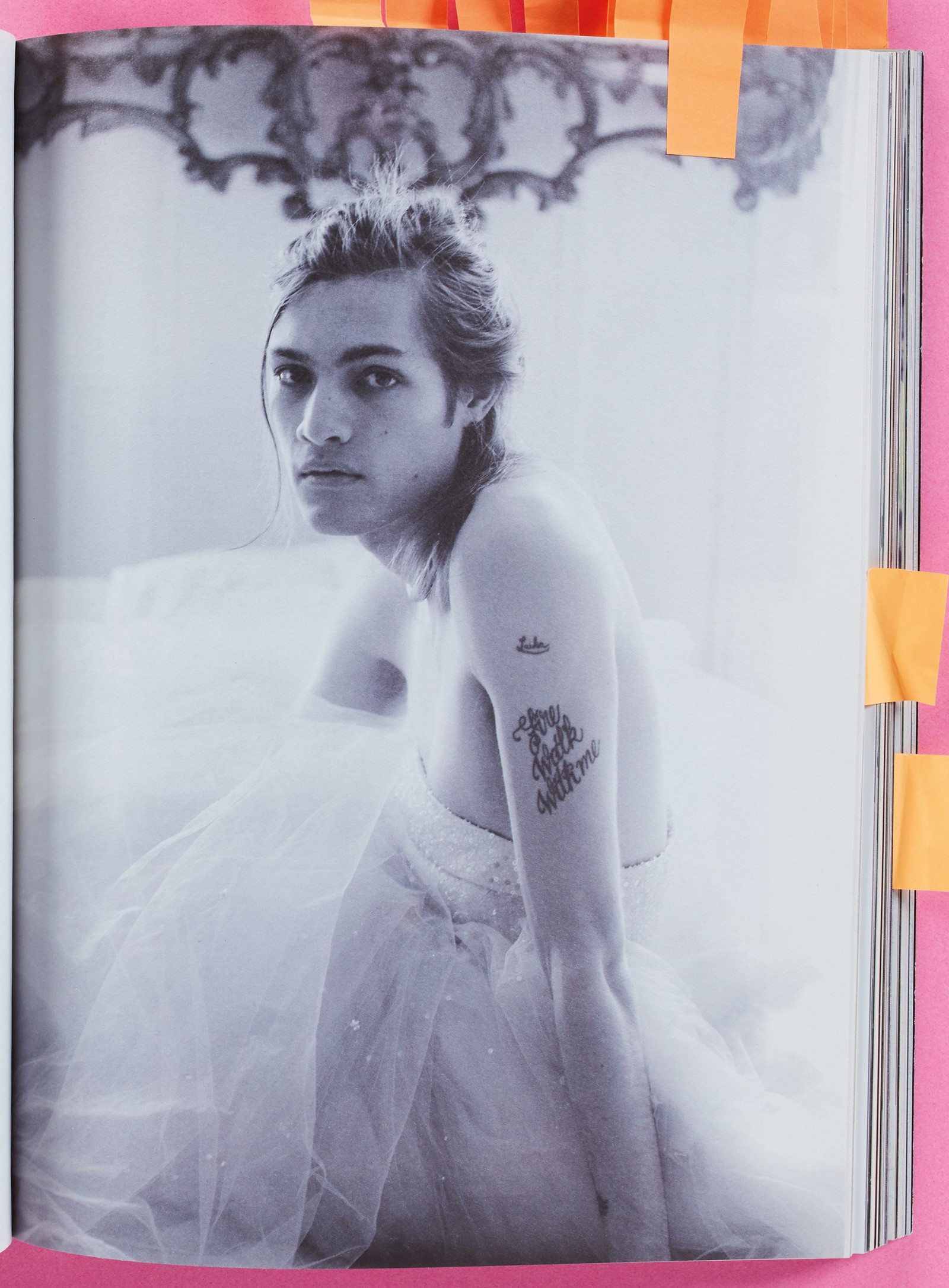
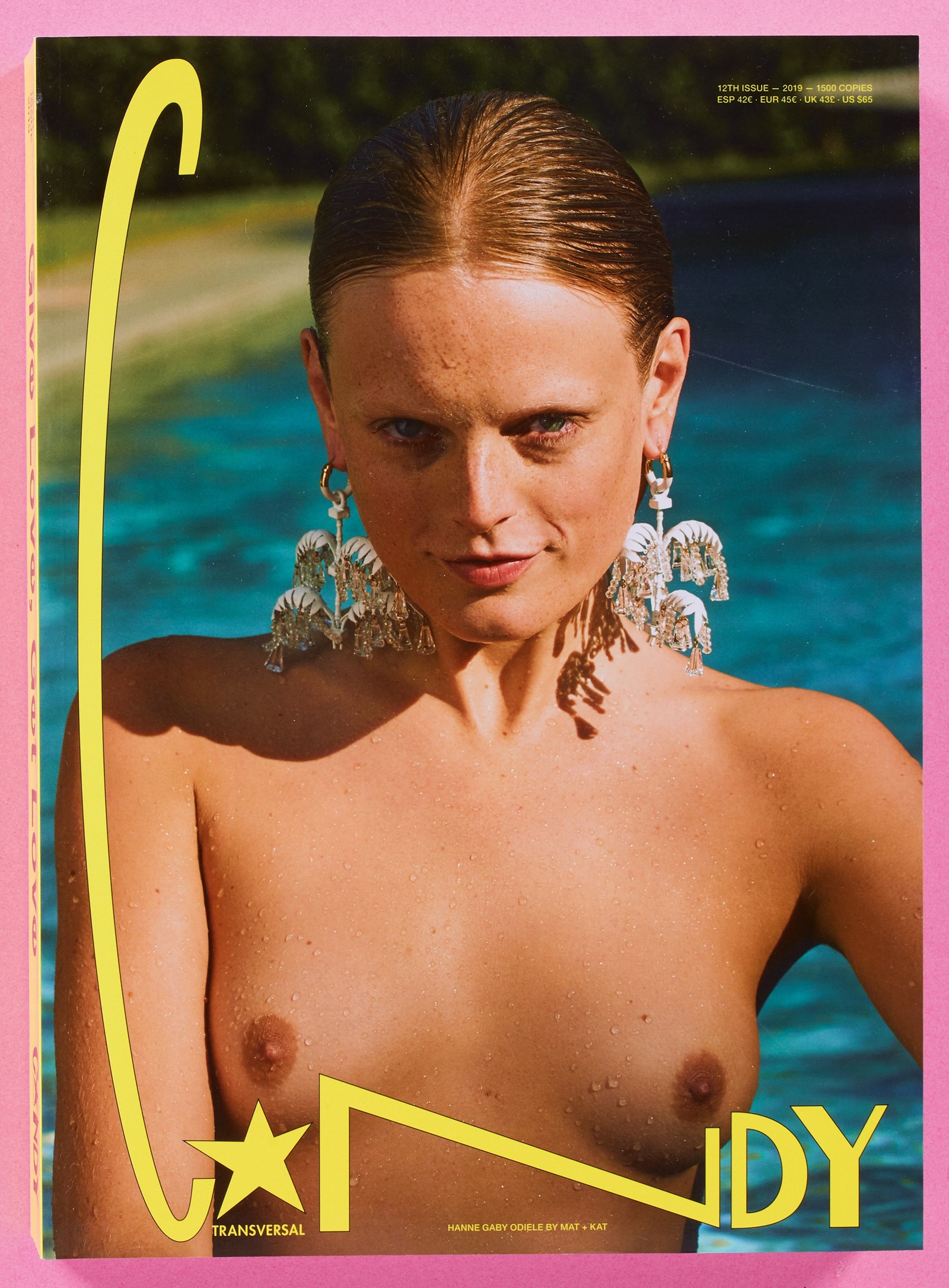
Luis was inspired by the success of Visionaire, the artful, shape-shifting magazine conceived by Cecilia Dean, Stephen Gan, and James Kaliardos, which produced high-end, limited-edition issues. It was this aspirational, limited approach to publishing that led him to propose a “curated distribution” of only 1,500 copies of CANDY Transversal. “They become objects of desire,” I remember him telling me excitedly. He was so on point. What matters today in print media is not reach, but context, quality of the message, and impact of ideas, and CANDY – within the richness of its stories and the ingenuity of its contributors – exemplifies that.
This book, a synthesis of ten years of adventures in the transversal, is a beautiful way to bring the limited-edition ethos of CANDY Transversal to a broader audience. I am proud in some small way to have been an early supporter of CANDY. I think Luis and I share a certain fascination with Andy Warhol’s Factory, Interview magazine, and The Velvet Underground – when drag, queer culture, trans icons – like the magazine’s namesake, Candy Darling – and otherness was pushed through Pop art as performance. This legitimised otherness in a way that was refused on television or in Hollywood movies, which repressed any expression of difference that challenged the conventional heteronormative stereotypes of late 1960s America.
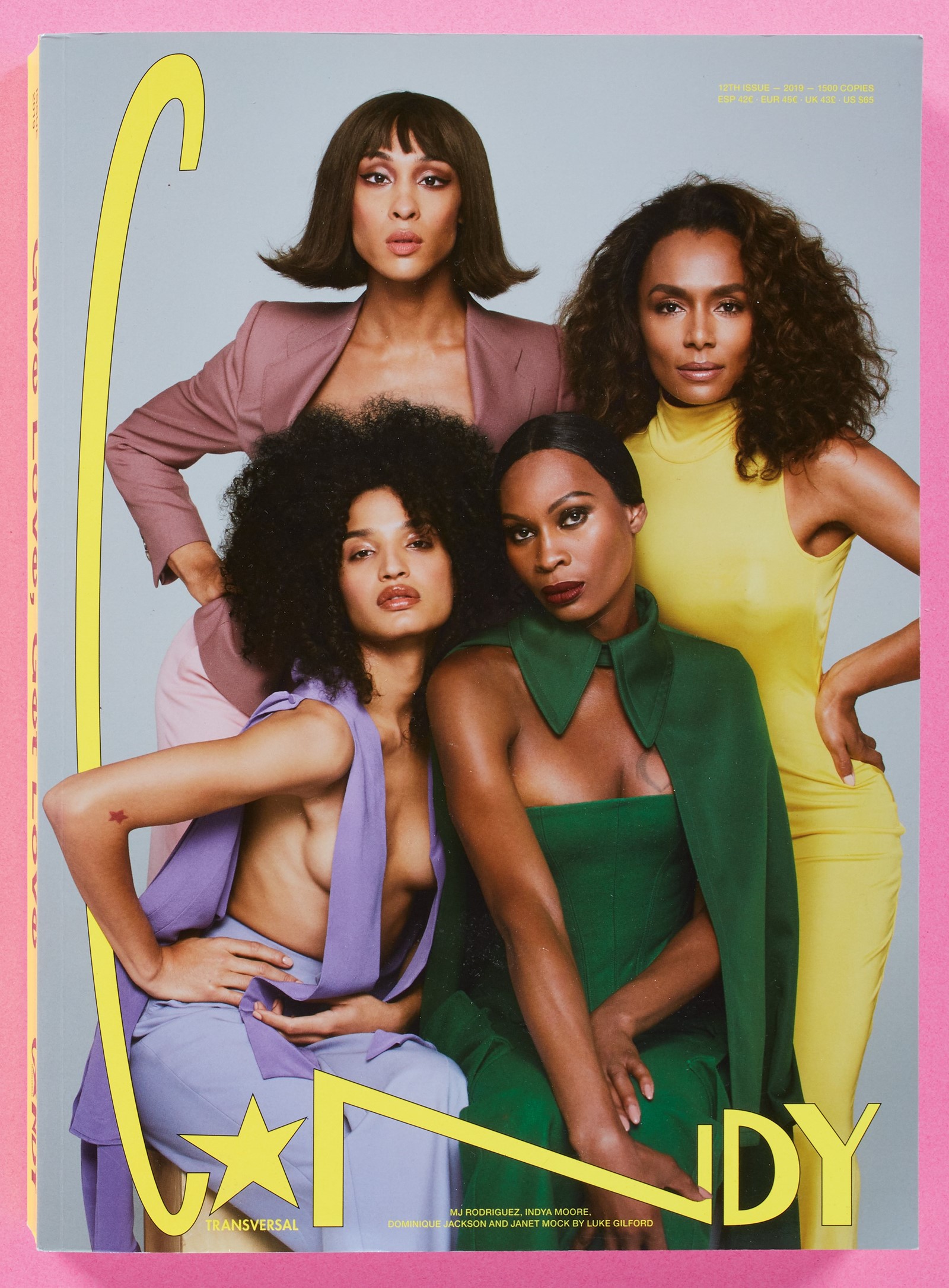

Candy Darling appeared in several Warhol films, including Flesh and Woman and Revolt. In Richard Avedon’s seminal image of the Factory – which inspired Dazed & Confused’s own sensibility for radical inclusion – we see Joe Dallesandro, Holly Woodlawn, Gerard Malanga, Warhol, and the entourage, some naked, clothes strewn on the floor, against a clinical, studio-white backdrop. Shot in 1969, Candy steals the image. She represents all of late 60s underground, libertarian, sexual freedoms with total insouciance. On Transformer, the album which debuted in 1972, Lou Reed again immortalised Candy in his song Walk on the Wild Side, and shortly after she was diagnosed with cancer. In 1974, at the age of 29, Candy was famously photographed by Peter Hujar on her deathbed. What an incredible cultural impact for such a short-lived career. And that same image was reproduced by Antony and the Johnsons for the cover of their second album, I Am a Bird Now. It’s hauntingly beautiful – a tragic, melancholic, yet fiercely defiant representation of a performer, for whom the performance never stopped, for whom performance is, in many ways, larger than life itself. In Warhol’s world, everyone was acting all the time and none more than his superstars like Candy Darling.
CANDY Transversal magazine is an alternative stage for performance. Its actors – especially its cover stars – are always larger than life. Yet, its brilliance is in how it reveals a plurality of experience. There’s a radical inclusivity that Luis conjures in his editing of CANDY that makes it a truly genre-defying magazine. It’s this genuine spirit of “fun” as Luis always reaffirms; positivity, togetherness, empathy, freedom, self-expression, liberation, and joy in otherness that allows CANDY to transcends its niche, to be a universal beacon of love, a lighthouse of new possibilities, a spirit angel representing, as Maggie Nelson might say, “the many gendered mothers” of our hearts. It’s Luis’ true love of magazine-making that makes CANDY so sweet.
The Candy Book of Transversal Creativity: The Best of Candy Magazine, Allegedly, published by Rizzoli, is out now.
